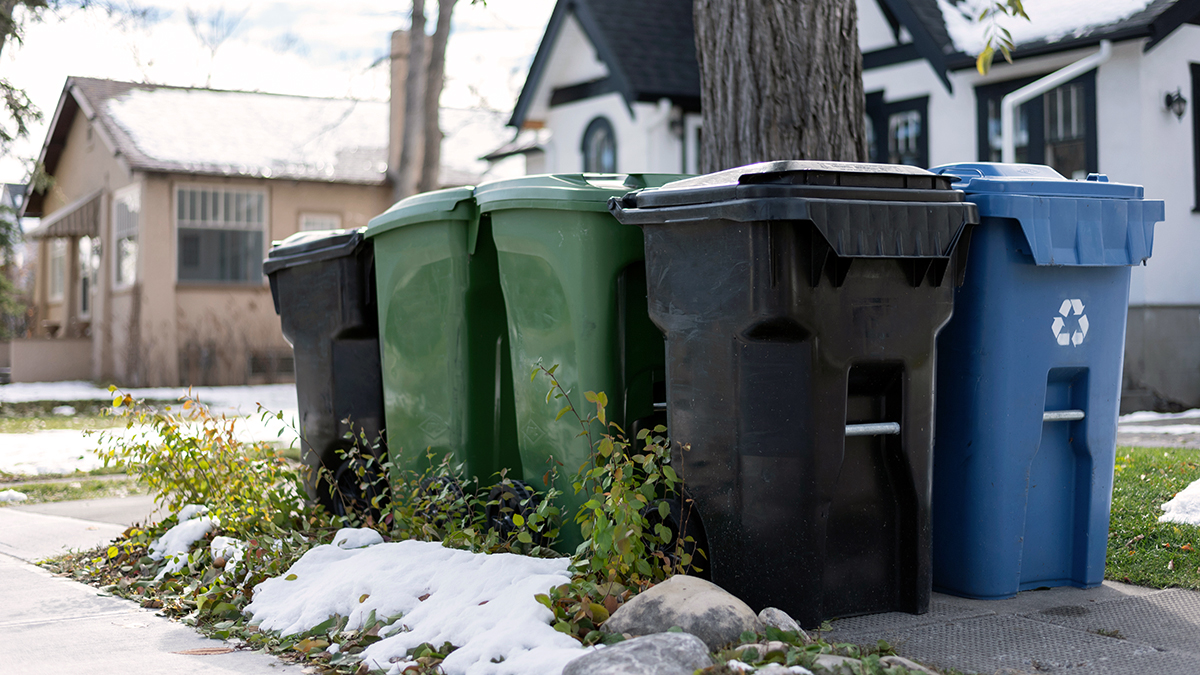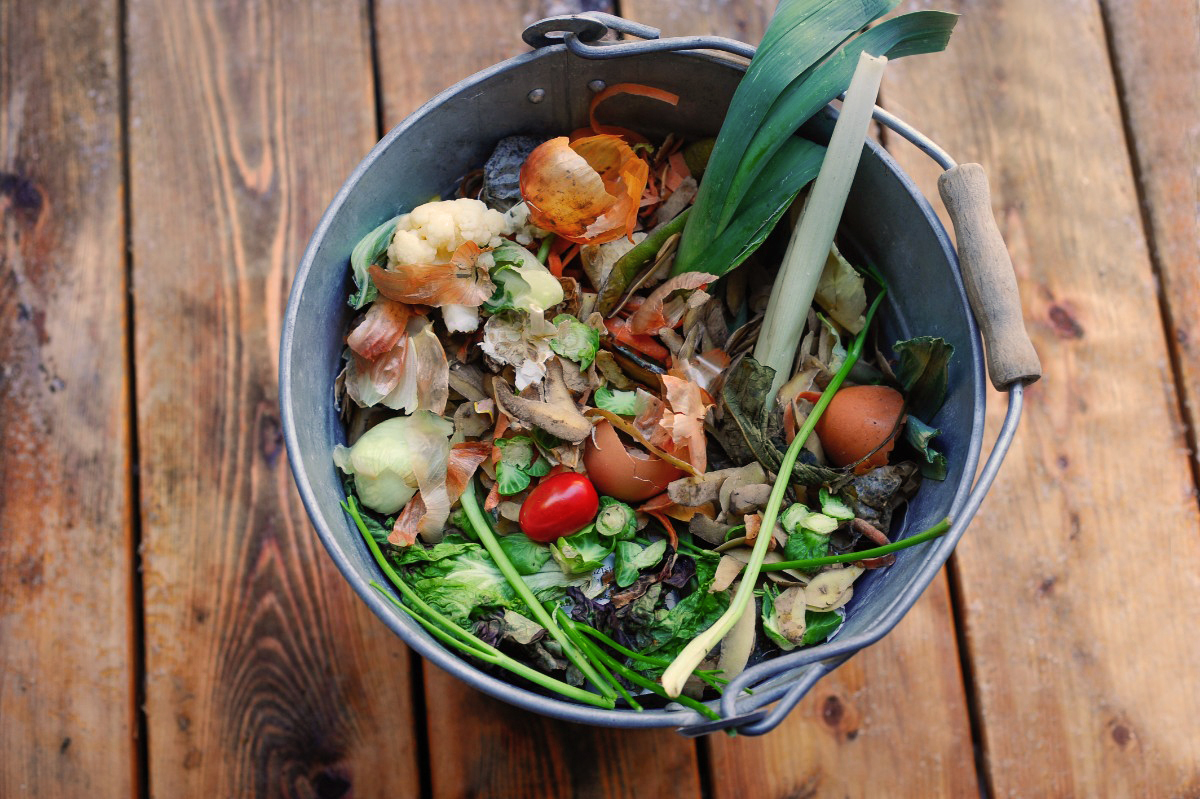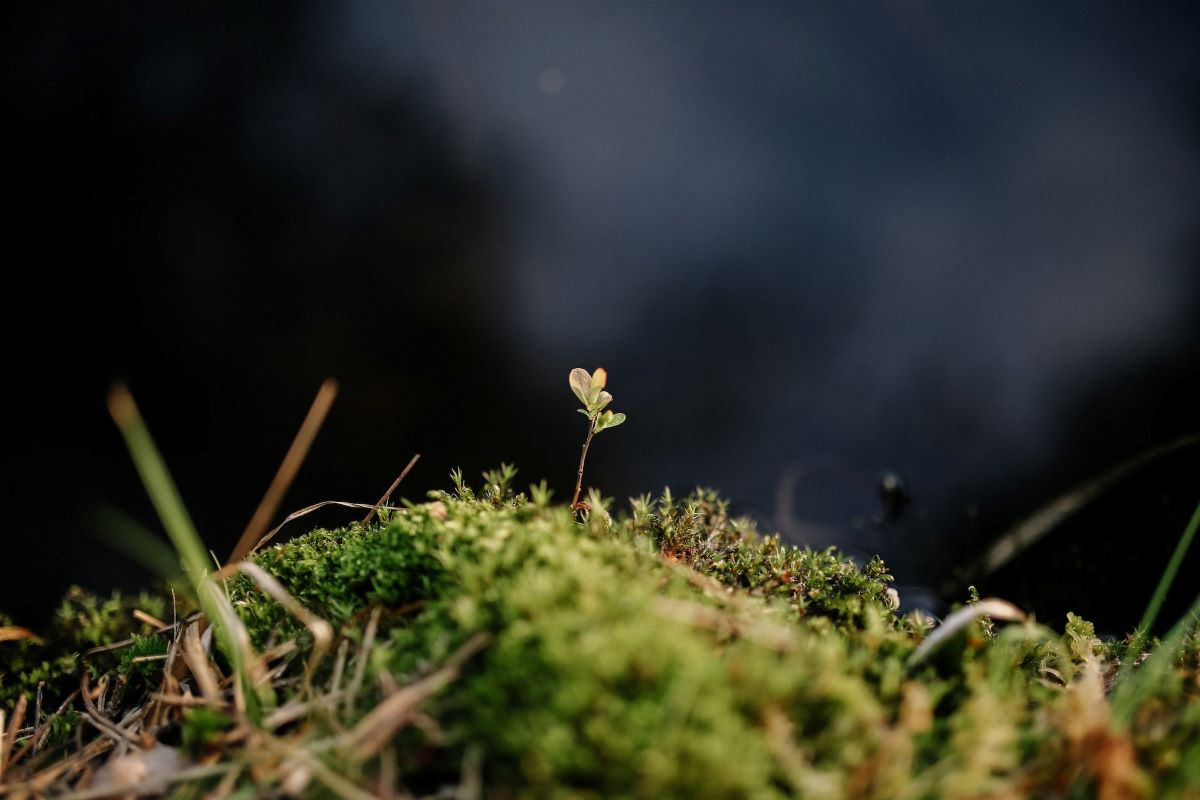Recent Posts
- Home
- Elevate Blog
- Sustainable Packaging Design: End of Life
Sustainable Packaging Design: End of Life
Posted on

What is Packaging End of Life?
The packaging life cycle spans several stages - starting when the raw materials are extracted, to the moment it becomes waste that needs to be collected and processed. The final stage of the life cycle occurs after the packaging's primary use, the end of life destination.
This part of the supply chain refers to how waste is disposed of. Can your packaging be reused? Perhaps you intend for it to be composted, or recycled. Will it be incinerated or sent to a landfill?
How do we determine the best end-of-life option for our packaging? It needs to be decided in the design stage!
Designing Packaging for End of Life
Sustainable packaging is designed to reduce impact. Because environmental impact occurs at every stage of the packaging life cycle, the end of life solution for sustainable packaging must be considered right from the very start.
There are a few different options for packaging end of life:
Reuse
Reusing packaging ensures that you get the most out of your materials. Eventually reusable packaging will need to be disposed of via one of the methods below. Some materials may not be safe for reuse (for example, plastic water bottles that can leach chemicals into their contents).
Compost
Packaging is recovered from customers and sent to a compost facility. At the facility (or in a home compost pile) organic materials are introduced to microorganisms, moisture, and oxygen. These materials are then broken down into their simplest parts and the resulting nutrient-dense compost is used to enrich the soil.
Compostable materials are required to break down within a specific time frame. They must create a compost that is free of toxins and suitable for plants to germinate and grow.
More: How Does Composting Work?
Recycle
Packaging is collected, processed and then melted down to be remade into new products. Many materials, such as plastic and paper, degrade each time they are recycled. This means that recycled materials may not be suitable for all applications, and that there are limitations to the number of times a material can be recycled before it must be sent to landfill or incinerated.
More: The Truth About Recyclable Packaging
Landfill/Incinerate
Packaging is collected via waste management services and either contained in a landfill or incinerated. Both of these cause significant pollution that is harmful to humans and the environment.
More: Is Composting Better Than Landfill?

What is the Best End of Life for Packaging?
What is your packaging goal? What does your brand want to achieve? Is simply reducing plastic, or using recycled materials enough?
Each decision that is made about a product’s packaging can have a positive or negative effect on sustainability. When selecting packaging materials, sustainable sourcing does not necessarily mean that a material is also sustainable at end of life.
A plastic bottle could be made from recycled ocean plastic and produced in carbon neutral facilities, but it is still plastic. Recycling very often "kicks the can down the road" - it is good to get as much use out of a material as possible but when it can no longer be effectively recycled it will still end up in a landfill.
It is also important to consider the compatibility of both product and packaging end of life. Consumable products and their packaging are generally disposed of together, food packaged in plastic means that food waste is more likely to be sent to landfill. Packaging food products in compostable packaging has the opposite effect, it can help redirect food waste to composting.
As part of a sustainable packaging design and strategy, brands must ask themselves: What do I want to happen with my packaging materials after my customers finish using them?
“There is no such thing as 'away'. When we throw anything away it must go somewhere.”

Sustainability is about making sure that the things we create today don’t have negative impacts on one another or on our planet, both now and in the future. But is it enough to simply not cause harm? Can we design packaging end of life to improve the health of our planet?
A circular economy that aims to regenerate helps us to create resilient ecosystems. The positive impact of compostable packaging goes further than waste reduction. Composting naturally recycles organic material into a product that enriches the soil and, because it is designed to mimic the cycle of nature, compostable packaging contributes to improving the health of our soil and the planet.
 Loading... Please wait...
Loading... Please wait...



